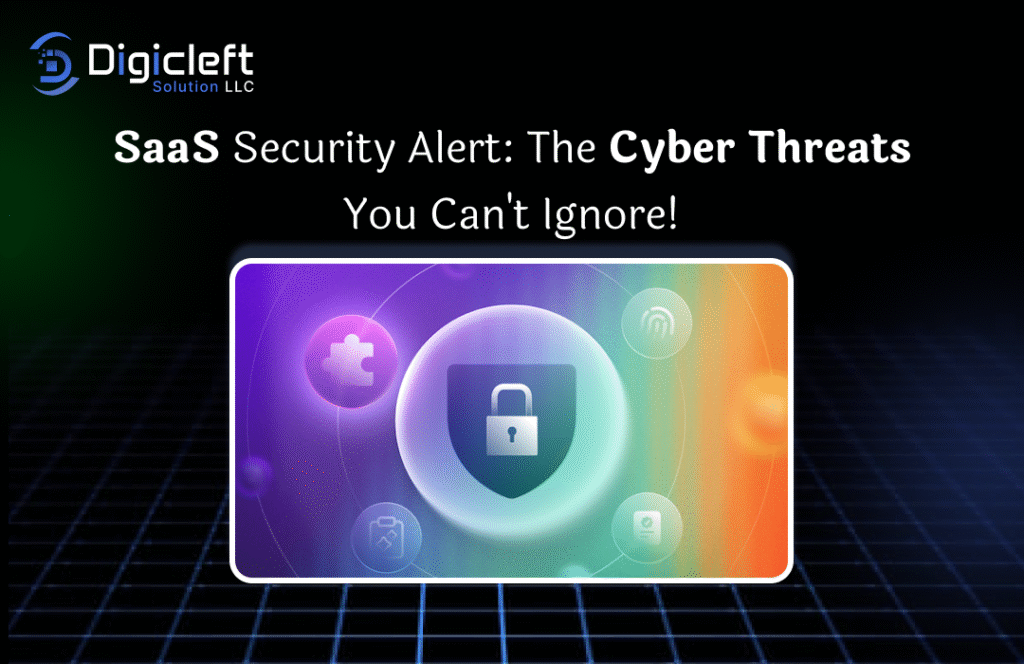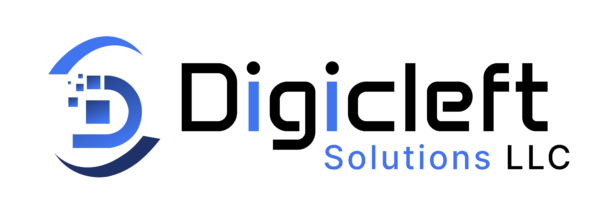
Introduction
➤ Why SaaS Security Matters Now More Than Ever
Let’s get real—SaaS is the backbone of modern business. From project management to CRM to customer support, it’s all run through the cloud. But here’s the catch: every shiny convenience brings along a dark shadow—cyber threats that are evolving faster than most teams can keep up with.
➤ The Alarming Rise in Cloud-Based Attacks
It adoption has skyrocketed. So have the attacks. A single compromised user or misconfigured API could lead to data theft, lawsuits, or total business shutdown. It’s not paranoia—it’s the new reality.
Understanding the SaaS Security Landscape
➤ What Is SaaS Security?
Software as a Service security is all about protecting cloud-hosted applications and the data they handle. Unlike traditional software, where the app lives on your device or server, it lives online, always connected, always vulnerable.
➤ Key Differences Between SaaS and Traditional Software Security
In the Software as a Service world:
- You don’t control the infrastructure.
- Updates are pushed automatically.
- Security is a shared responsibility—the vendor handles some, you handle the rest.

Top Cyber Threats Facing SaaS Platforms
➤ Data Breaches and Unauthorized Access
A weak password or misconfigured permissions is all it takes. Hackers love low-hanging fruit—and your users’ login pages are ripe for the picking.
➤ API Vulnerabilities
APIs are how your app talks to other services. If they’re not locked down? It’s like leaving your front door open with a neon “Free Stuff Here” sign.
➤ Account Takeovers (ATO)
If attackers get their hands on user credentials, they’ll impersonate legitimate users and fly under the radar while stealing everything.
➤ Shadow IT and Unsanctioned App Use
Employees using unapproved SaaS apps might think they’re being efficient, but they’re opening backdoors into your network.
➤ Phishing and Social Engineering
All it takes is one click on a shady link. Phishing is still one of the top ways hackers breach systems—and it is no exception.
➤ Insider Threats
Sometimes, the danger is already inside. Whether malicious or accidental, insiders can cause serious harm—especially with access to critical tools.
➤ Ransomware in SaaS Environments
Yes, ransomware can hit it, too. Attackers encrypt your data and demand payment, often through third-party integrations.
Real-World Examples of SaaS Security Failures
Dropbox, Slack, Zoom—What Went Wrong?
Even the big dogs slip up:- Dropbox had emails stolen via phishing.
- Slack faced session hijacking issues.
- Zoom saw “Zoom-bombing” chaos during the pandemic.
Lessons Learned from Notorious SaaS Attacks
What do these breaches teach us?- User access needs to be tight.
- Security updates can’t be delayed.
- Awareness training isn’t optional—it’s essential.
Why Your SaaS Business Could Be the Next Target
➤ Small Teams, Big Risk
Startups and small businesses are easy prey. They often lack dedicated security teams or policies.
➤ Lack of Security Awareness Training
If your staff isn’t trained to recognize phishing or suspicious activity, your firewall won’t save you.
➤ Over-Reliance on Vendors
Trust your vendor, but verify. Their system might be secure—but your usage may not be.
How to Fortify Your SaaS Against Cyber Threats
➤ Implementing Strong Authentication Measures
The Power of Multi-Factor Authentication (MFA)
One password isn’t enough. MFA adds an extra layer, like a code sent to your phone or an app.
Encrypt Everything—Data at Rest and In Transit
Even if hackers grab your data, encryption keeps it unreadable.
Regular Penetration Testing and Vulnerability Scanning
Find your weak spots before attackers do. Hire ethical hackers. Run automated tests. Fix fast.
Role-Based Access Control (RBAC)
Not everyone needs access to everything. Use roles to limit exposure.
Keeping Your APIs Locked Down
Use keys, tokens, rate limits, and scopes. Always validate inputs and outputs.
SaaS Compliance and Regulations You Must Know
➤ GDPR, HIPAA, SOC 2, and More
Depending on your industry and region, compliance isn’t just good practice—it’s the law.
➤ How Compliance Impacts Your Security Strategy
Many regulations guide you toward security best practices. Ignore them, and you risk fines—and trust.
Choosing a Secure SaaS Vendor
➤ What Questions Should You Ask?
- Do you have security certifications?
- How do you handle data breaches?
- Do you support encryption and MFA?
➤ Red Flags to Watch Out For
- No transparency
- Lack of audits
- Vague security policies
Building a Security-First Culture in SaaS Teams
➤ Training and Awareness Programs: Make security fun and regular. Use phishing simulations, workshops, and bite-sized training.
➤ Empowering Non-Tech Teams with Security Knowledge: It’s not just IT’s job. Everyone—from marketing to HR—needs to know how to spot red flags.
The Future of SaaS Security
➤ AI and Machine Learning in Threat Detection: These tools spot patterns and anomalies faster than humans. They’re like watchdogs that never sleep.
➤ Zero Trust Architecture: Trust no one. Verify everything. It may sound harsh, but it’s the smartest way forward.
Conclusion
SaaS is amazing—but it’s not invincible. Whether you’re running a startup or a global business, you can’t afford to ignore these threats. Cybersecurity isn’t a “set-it-and-forget-it” deal. It’s ongoing, evolving, and absolutely essential.
Protect your users. Safeguard your data. And don’t be the next cautionary tale.
FAQs
Q1. What is the biggest SaaS security risk today?
A: Unauthorized access and account takeovers top the list—often due to weak passwords or poor access controls.
Q2. How do I know if my SaaS vendor is secure?
A: Ask about certifications (SOC 2, ISO 27001), encryption, breach policies, and compliance.
Q3. Can small SaaS businesses be targeted by hackers?
A: Absolutely. In fact, they’re often easier targets due to limited security budgets.
Q4. Is MFA enough to secure my SaaS app?
A: It’s a great start but not a silver bullet. Combine MFA with encryption, RBAC, and regular testing.
Q5. What is Zero Trust and should I use it?
A: Zero Trust means “never trust, always verify.” It’s highly effective, especially in SaaS environments.


